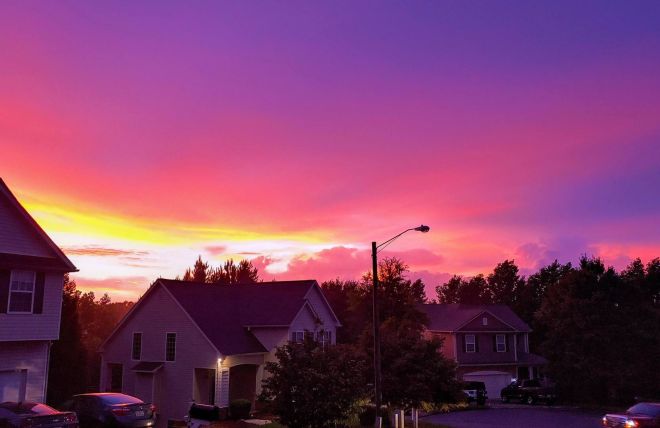Streamline Your HOA Website Planning
Use our free HOA Website Planning Template to build a website that’s organized, secure, and resident-friendly.
88% of people are less likely to return to a website after a bad experience. Having a well-designed HOA website is essential for effective community management. A professional website helps streamline communication, improve resident engagement, and provide easy access to important documents and updates. But what makes an HOA website truly great? In this guide, we’ll walk you through the key steps to building the best HOA website for your community.
Step 1: Define Your Website’s Goals
Before you start building your HOA website, determine what you want it to achieve. Consider the following goals:
- Provide a central hub for community announcements and updates
- Enable online payments for HOA dues and fees
- Offer a secure document storage and sharing system
- Facilitate event management and resident interaction
- Improve overall transparency and governance
By identifying these objectives, you can ensure your website is designed with purpose and serves your community effectively.
Step 2: Choose the Right HOA Website Platform
Your choice of platform will determine your website’s functionality and ease of maintenance. Here are some top options:
1. Custom-Built Website
- Offers maximum flexibility and branding
- Requires technical expertise or a professional web developer
- Higher upfront cost but tailored to HOA needs
2. HOA Website Builders
- Platforms like Neighborhood.Online, Vinteum Neighbors, and Buildium offer pre-built templates designed for HOAs
- Cost-effective and easy to use
- Includes built-in features like resident portals and payment processing
3. Content Management Systems (CMS) like Concrete CMS
- Offers customization with plugins and themes
- Requires some technical knowledge for setup and maintenance
- Can integrate with HOA management software
Choosing the right platform depends on your community’s budget, size, and technical capabilities.
Step 3: Design a User-Friendly and Engaging Layout
A well-designed HOA website should be easy to navigate and visually appealing. Consider these best practices:
- Start with an About Page: This is often the first page visitors check. Include information about the HOA, its mission, board members, and key policies.
- Simple Navigation: Ensure menus are intuitive, with clear labels for documents, payments, and events.
- Mobile Responsiveness: The website should work seamlessly on smartphones and tablets.
- Secure Login for Residents: A protected member area for accessing private community information.
- SEO Optimization: Use keywords and metadata to make your website discoverable on search engines.
Step 4: Essential Features for Your HOA Website
To make your website a valuable tool for residents, include the following features:
| Feature | Description |
|---|---|
| ✅ Announcements & News Feed | Keep residents updated with community news and important alerts. |
| ✅ Event Calendar | Display upcoming HOA meetings, events, and maintenance schedules. |
| ✅ Online Payment Portal | Allow residents to pay HOA dues and fees online. |
| ✅ Document Library | Store and share governing documents, financial reports, and meeting minutes. |
| ✅ Resident Directory | Provide a secure directory for homeowners to connect. |
| ✅ Contact Forms | Enable residents to submit maintenance requests and general inquiries. |
Download a step-by-step checklist to plan your HOA website
A simple, step-by-step HOA Website Planning Template to help you build an efficient, engaging, and well-organized community website.
Step 5: Ensure Website Security & Compliance
Since HOA websites handle sensitive information, security should be a priority:
- Use SSL encryption to protect data.
- Implement role-based access so only board members can manage sensitive content.
- Regularly update software and plugins to prevent security vulnerabilities.
- Ensure compliance with state HOA website laws, such as Florida’s condo website requirements.
Step 6: Maintain and Update Your Website Regularly
A well-functioning HOA website requires regular maintenance. Assign an HOA board member or a designated web administrator to:
- Update announcements and event calendars frequently.
- Monitor and respond to resident inquiries.
- Ensure all links, documents, and payment portals are functional.
- Gather resident feedback to improve website usability.
Conclusion
A well-designed HOA website enhances community engagement, streamlines management, and ensures transparency. By defining clear goals, choosing the right platform, incorporating essential features, and maintaining security, you can create a website that serves as a valuable resource for your residents.
If your HOA is looking to upgrade or build a new website, consider exploring HOA website platforms that provide user-friendly solutions tailored for community associations.







